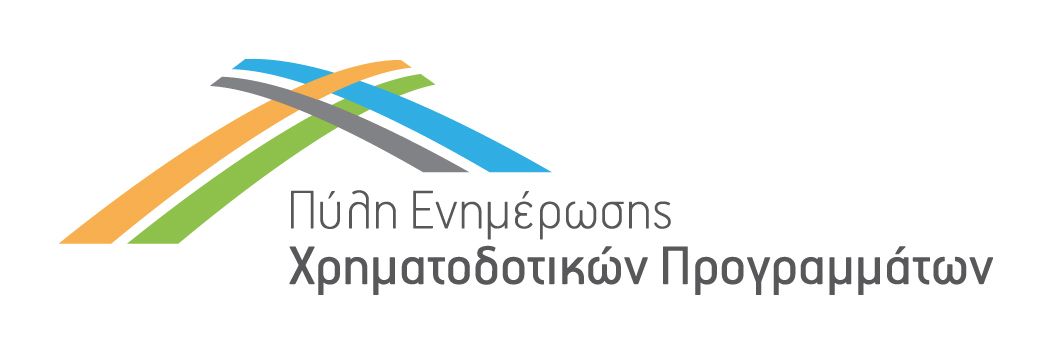Programme Category
Programme Name
Programme Description
Europe’s Rail Joint Undertaking (EU-Rail) aims to deliver, via an integrated system approach, a high-capacity, flexible, multimodal, sustainable, reliable and integrated EU railway network for European passengers and cargo.
Identifier Code
Call
Summary
This topic seeks to enhance the existing railway system by exploring the integration of maglev-derived technologies into existing railway infrastructures to reinforce railways as the backbone of the trans-European multimodal transport network by increasing its capacity and performances. The technical approach to be developed could support the enrichment of the railway system through the integration of maglev-based solution into the existing infrastructure following a principle of overlapping technological layers. This integration aims to implement technological, functional and performance upgrades to existing lines and to ensure interoperability of vehicles with both the magnetic and traditional infrastructure by preserving the flow of traditional trains on the existing railway corridor.
Detailed Call Description
Based on current trends and forecasts, the number of passengers will significantly increase in the upcoming decades and the existing transport modes may face capacity limitations without infrastructure investments. Emerging technology for guided transport systems could be a complementary solution for the increased demand, increasing also the availability of sustainable transportation solutions.
This call addresses potential solutions which could support solving current transport challenges and make the current rail system more performant by introducing Maglev-Derived transport systems (MDS). Building upon the results of Europe’s Rail MaDe4Rail project, this call aims to further assess and propose solutions on the technical open points of maglev derived technologies. In addition, further develop the design concept based on the most promising use cases while tackling the technical issues and analyse the economic viability of the system and propose a full scale fully automated MDS application concept.
The Project stemming from this topic shall address all the following work streams and is expected to provide all the following:
- Work stream 1: Configuration design development
This workstream should assess the technical open points defined by the previous project MaDe4Rail and assess the feasibility of use of MDS on the TEN-T lines equipped with ETCS. This shall encompass further analysis of the CCS, communication and infrastructure components with special attention to the balises, radio communication system, odometry and train detection systems. The installation of MDS has an impact on the maintenance processes, further assessment shall be carried and propose adaptation of the existing processes considering the installation of the linear motor.
- Work stream 2: Testing and validation
To run MDS on traditional railways, it is essential that the system is compliant with Technical Specifications for Interoperability (TSI). This workstream shall verify MDS component compliance with TSI specifications through compatibility tests and simulations, also evaluating the potential impact of MDS systems on standards and TSI and the potential evolution of the system or the requirements. If MDS is expected to run on the TEN-T network, compatibility with Eurobalises and the track geometry are prerequisites. Based on the outcome of WS1 and from the testing, the technical and economical variability of the system shall be analysed.
Activities are expected to be of low TRL, with possible existing concept designs at TRL5/6, higher TRL are possible.
In this topic the integration of the gender dimension (sex and gender analysis) in research and innovation content is not a mandatory requirement.
Eligible costs will take the form of a lump sum as defined in the Decision of 7 July 2021 authorising the use of lump sum contributions under the Horizon Europe Programme -the Framework Programme for Research and Innovation (2021-2027) – and in actions under the Research and Training Programme of the European Atomic Energy Community (2021-2025).
Call Total Budget
Financing percentage by EU or other bodies / Level of Subsidy or Loan
EU-Rail estimates that an EU contribution of €3.000.000 would allow these outcomes to be addressed appropriately.
It is expected that 1 project will be funded under this topic.
Thematic Categories
- Research, Technological Development and Innovation
- Transport
Eligibility for Participation
- Businesses
- Central Government
- Legal Entities
- Local Authorities
- Other Beneficiaries
- Private Bodies
- Researchers/Research Centers/Institutions
- State-owned Enterprises
Call Opening Date
Call Closing Date
EU Contact Point
Europe’s Rail Joint Undertaking
Email: communication@rail-research.europa.eu
Address: Avenue de la Toison d’Or 56-60/Gulden-Vlieslaan 56-60, 1060 Brussels, Belgium




